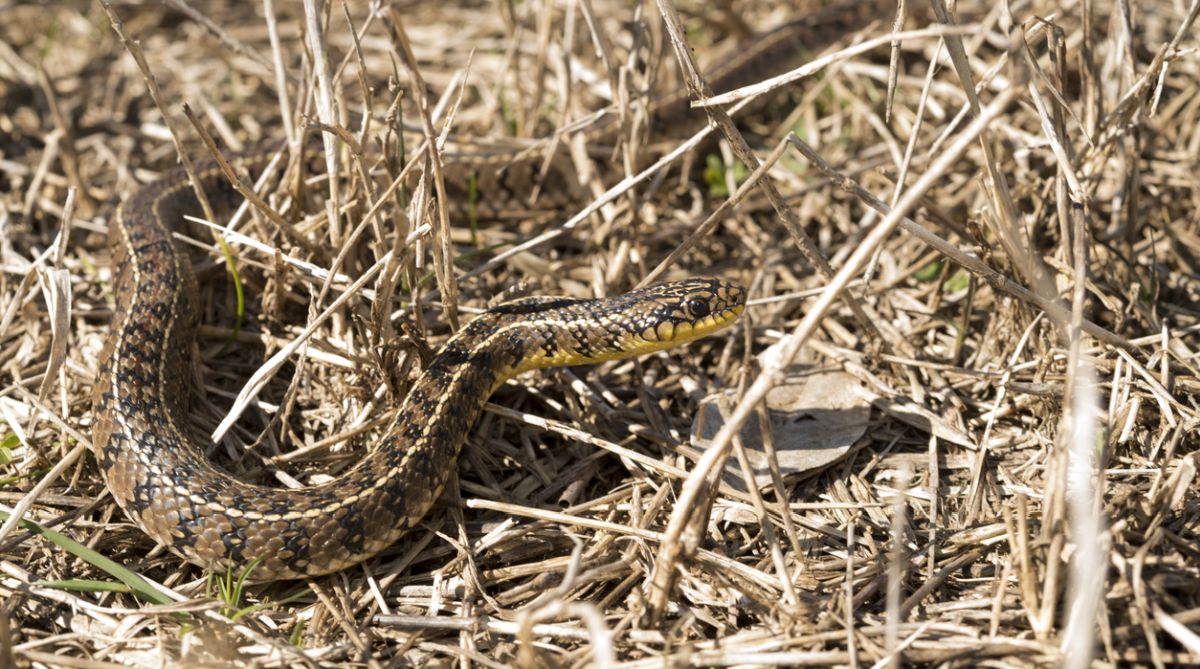J&K CM Omar Abdullah lays stress on Himachal Pradesh-type laws to protect agricultural land
The Chief Minister noted that Himachal Pradesh has adopted a strict policy in this regard and stressed the adoption of a similar policy in J&K.
Dr Anita Malhotra, a molecular ecologist and evolutionary geneticist from Bangor University in UK, is in HP for a survey to understand snake species

Representational image (Photo: iStock)
They have passionately taken up scary task of moving in jungles of Himachal Pradesh in night hours in Monsoons, only to save lives. A team headed by Dr Anita Malhotra, a molecular ecologist and evolutionary geneticist from Bangor University in North Wales in UK, is in Himachal Pradesh for second year for a survey to understand snake species and snakebites in the hill state.
The researchers, which also include noted snake conservationist from West Bengal, Vishal Santra, catch snakes, take their venom and DNA samples, before they release the reptiles back in the same habitat, all with the permission of state forest department. The samples are to be tested at labs in Indian Institute of Science, Bangalore and Tejpur University in Assam.
Advertisement
The project is a part of parallel studies on geographic variation in venom of snake species and genetic differentiation in the country. Last year, the team had arrived in Himachal in the last leg of Monsoon and had found 13 snake species in different parts of the state, including Central Asian Cobra (Naja oxiana) that they sighted for first time in the country in Chamba.
Advertisement
This time, the team has been able to locate 15-16 snake species in different parts, including Wolf’s snake in Chamba (possibly a new snake sighted in HP or entire country) in first 14 days of their stay in Himachal. The team, which found some dead snakes in jungles, has preserved them for hand over to Zoological Survey of India (ZSI) in Solan, which they said had very old specimens of some species.
“I studied Pit vipers of Asia in last two decades. Himachal is very little known and very little studied from herpetofauna point of view. There are very interesting Pit vipers in Himachal as was evident from the last year’s survey,” Dr Anita Malhotra told The Statesman.
Dr Malhotra has done pioneer research on Asian Pit vipers and is credited with making an inventory of reptiles in forests of Tamilnadu. She acknowledged permits from the authorities and help wherever required and said the interesting geographical location of Himachal makes it an ideal place for studying snakes and other reptiles.
“Himachal Pradesh has the Western and Eastern influence on the reptile diversity and forms. Also this study will have a significant influence on the snakebite understanding of Himachal and have a strong recommendation on the formulation of Anti- Venom produced in India.”
But there is much more to this study. Simultaneously, as they move in the state, the experts take time off to create awareness among locals, specially children in schools, who are vulnerable. “The locals share information on snakes in their area freely. We are trying to educate them on snakes to kill the fear in their minds. This will help conserve snakes also, as people kill snakes only because they fear them,” said Vishal Santra. He said the snake species found in HP are being documented and the details will be shared with the forest department.
To help in taxonomic studies
The research will help in taxonomic studies and streamline anti-snake venom for snakebite treatment in India, where around 50,000 people die annually due to bites by snakes. So far, the entire ASV in India is produced from venom supplied by a cooperative society in Tamil Nadu, which is sometimes not effective due to regional variation in venom of snakes of even same species.
Advertisement